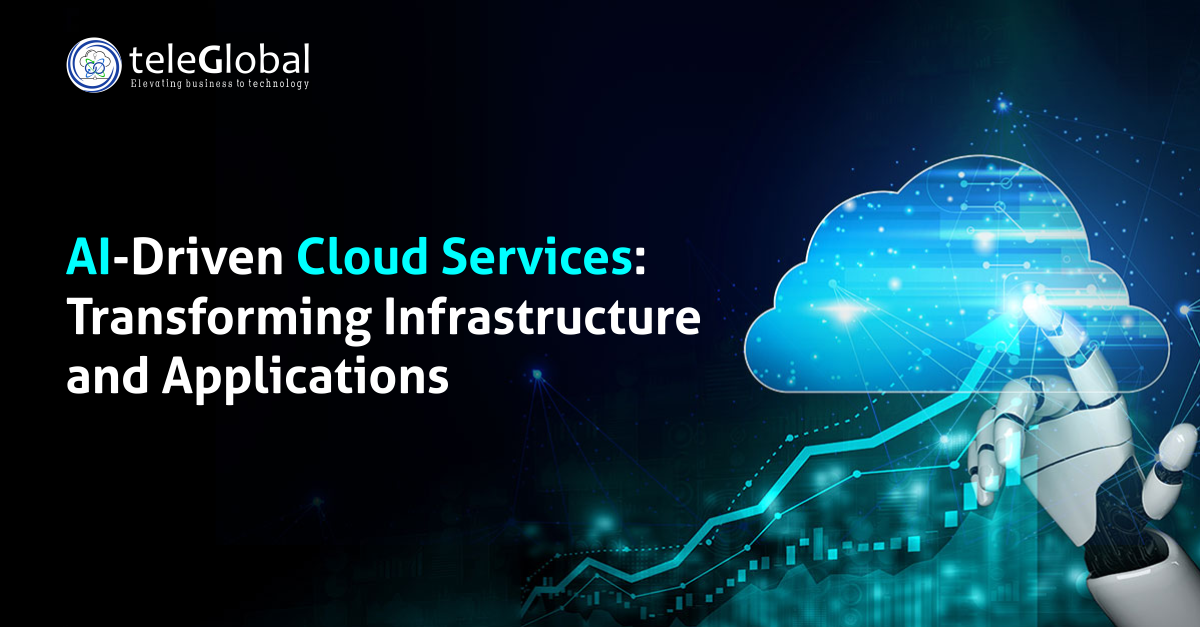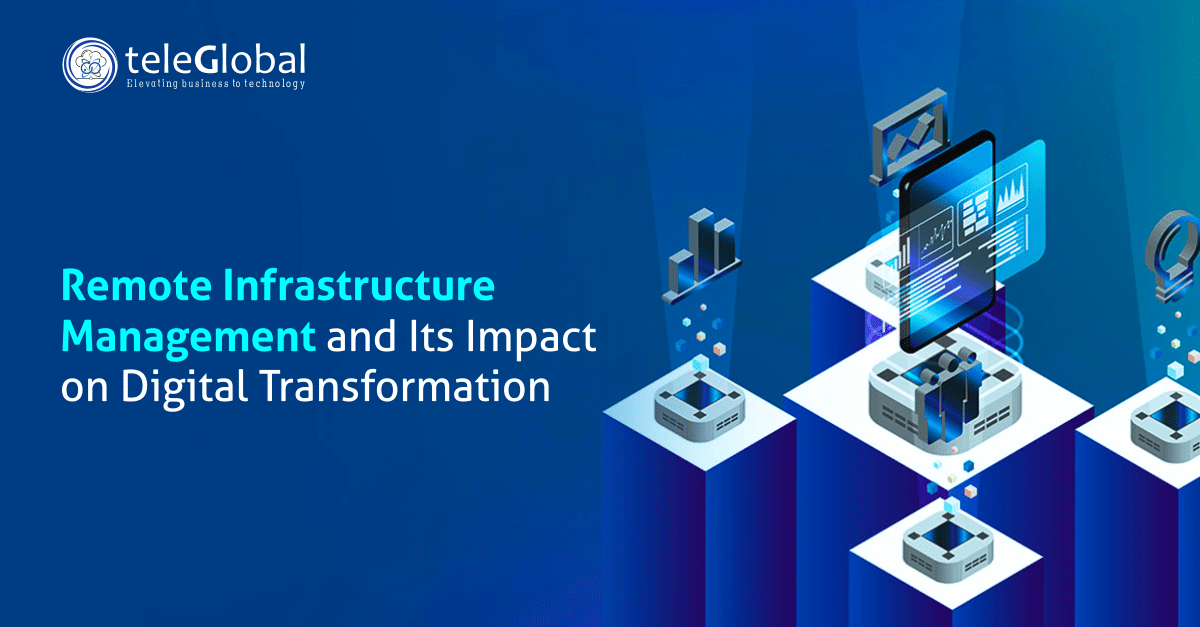
The landscape of IT infrastructure has undergone a transformative evolution, with contrasting approaches defining the way organizations manage and leverage their technological foundations. Traditional on-premises infrastructure, characterized by physical servers and hardware housed within the organization’s premises, stands in stark contrast to the modern concept of remote infrastructure, often associated with cloud computing. Understanding the differences between these two models is crucial for businesses navigating the complexities of the digital age.
On-premises infrastructure, long the standard for organizations, involves investing in and maintaining physical hardware and software within the confines of the company’s premises. This model provides a high level of control and customization, allowing IT teams to tailor the infrastructure to specific requirements. The organization retains ownership of all hardware, servers, and networking equipment, giving them direct oversight of security protocols and performance optimizations.
In contrast, remote infrastructure, often synonymous with cloud-based solutions, involves outsourcing IT resources to third-party providers. This decentralized model eliminates the need for physical infrastructure on-site, relying on data centers operated by cloud service providers. Remote infrastructure is characterized by scalability, flexibility, and accessibility, as it enables organizations to access computing resources and services from virtually anywhere with an internet connection.
One of the key distinctions between on-premises and remote infrastructure lies in the cost structure. Traditional on-premises infrastructure demands substantial upfront capital expenditures for purchasing hardware, software licenses, and building the necessary physical infrastructure. Organizations must also factor in ongoing costs related to maintenance, upgrades, and the dedicated personnel required to manage on-site systems. In contrast, remote infrastructure operates on a pay-as-you-go or subscription-based model, allowing organizations to scale resources based on demand and pay only for the services they consume. This shift from capital-intensive to operational expenditure offers businesses a more predictable and flexible cost structure.
Scalability is another area where on-premises and remote infrastructure diverge. Traditional on-premises systems often necessitate overprovisioning of resources to accommodate potential future growth, leading to inefficient use of resources during periods of low demand. Remote infrastructure, particularly in cloud environments, allows organizations to scale resources dynamically. This scalability ensures optimal performance during peak periods while avoiding unnecessary costs during lulls in activity. This adaptability aligns with the dynamic and unpredictable nature of modern business environments.
Accessibility and flexibility represent significant advantages of remote infrastructure. With on-premises systems, access to resources is limited to the physical location of the infrastructure. Remote infrastructure, on the other hand, facilitates access from anywhere with an internet connection. This flexibility is particularly valuable in the context of a dispersed or remote workforce, enabling employees to collaborate seamlessly and access critical resources irrespective of their geographical location. The ability to scale resources up or down on-demand contributes to a more agile and responsive IT environment.
Security considerations play a crucial role in the choice between on-premises and remote infrastructure. On-premises infrastructure allows organizations to implement and control their security measures directly. However, this control comes with the responsibility of ensuring physical security, monitoring for potential threats, and regularly updating security protocols. In contrast, remote infrastructure relies on the security measures implemented by third-party cloud service providers. While reputable providers invest significantly in security, organizations must entrust the protection of their data and systems to external entities.
Ultimately, the decision between on-premises and remote infrastructure depends on an organization’s specific needs, priorities, and long-term strategic objectives. On-premises infrastructure offers control, customization, and familiarity, making it suitable for certain industries with stringent regulatory requirements or specific data handling needs. Remote infrastructure, with its scalability, flexibility, and cost-effectiveness, is increasingly favored by businesses seeking agility, global accessibility, and a shift towards operational expenditure.
In conclusion, the choice between on-premises and remote infrastructure reflects the evolving dynamics of the digital era. The contrast between the traditional, in-house approach and the modern, decentralized model signifies a paradigm shift in how organizations conceptualize and implement their IT strategies. While each model has its merits and drawbacks, the decision ultimately hinges on aligning IT infrastructure with the broader goals and adaptability requirements of the organization in an ever-changing technological landscape.







































